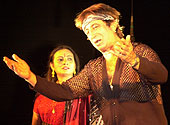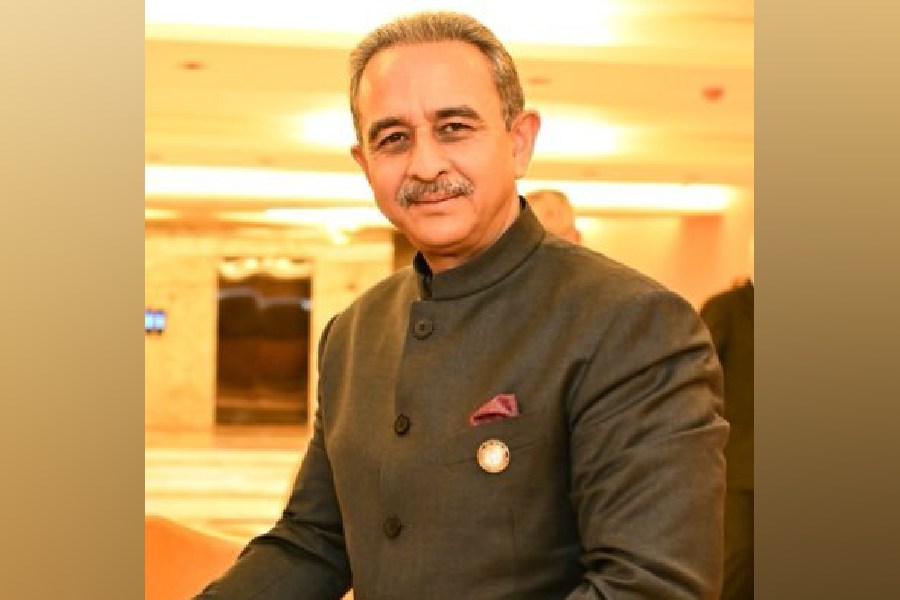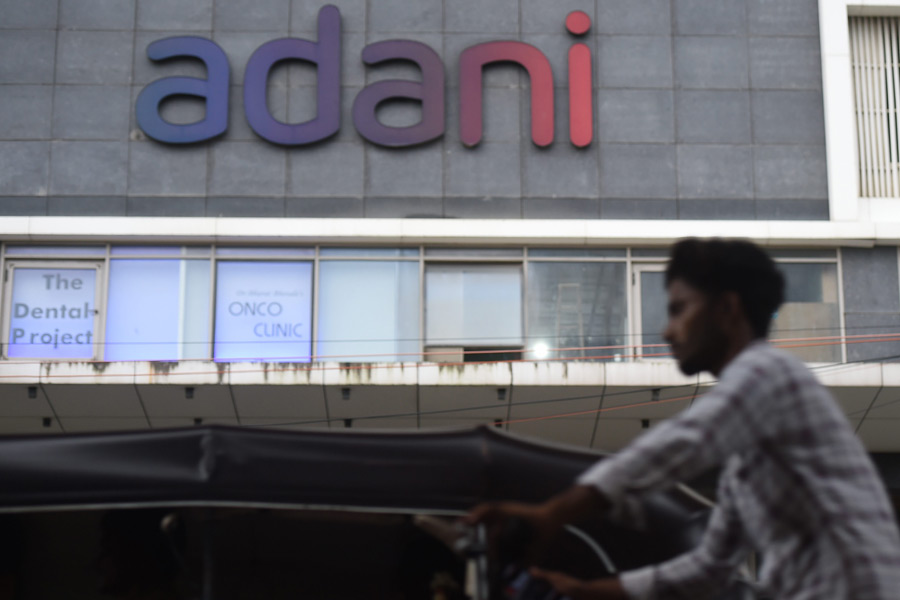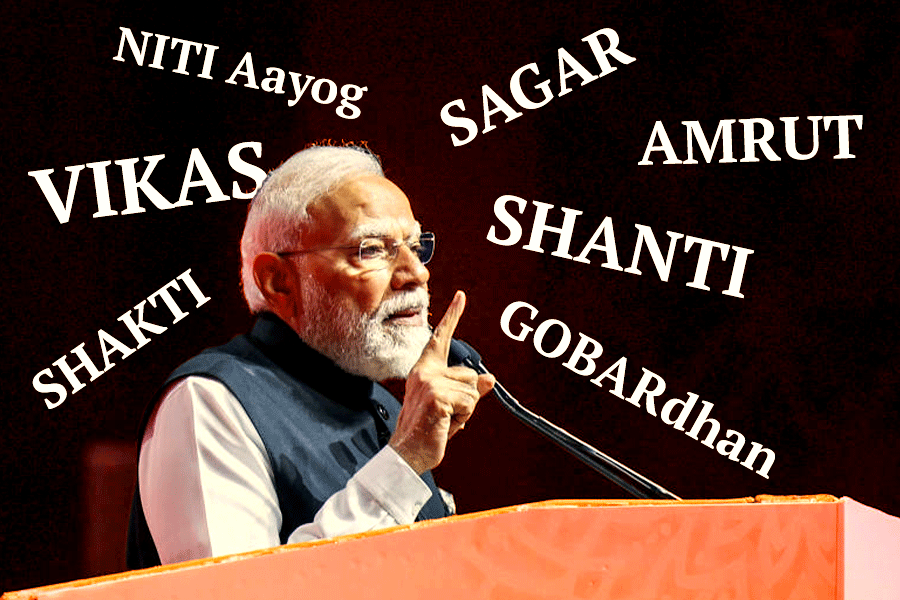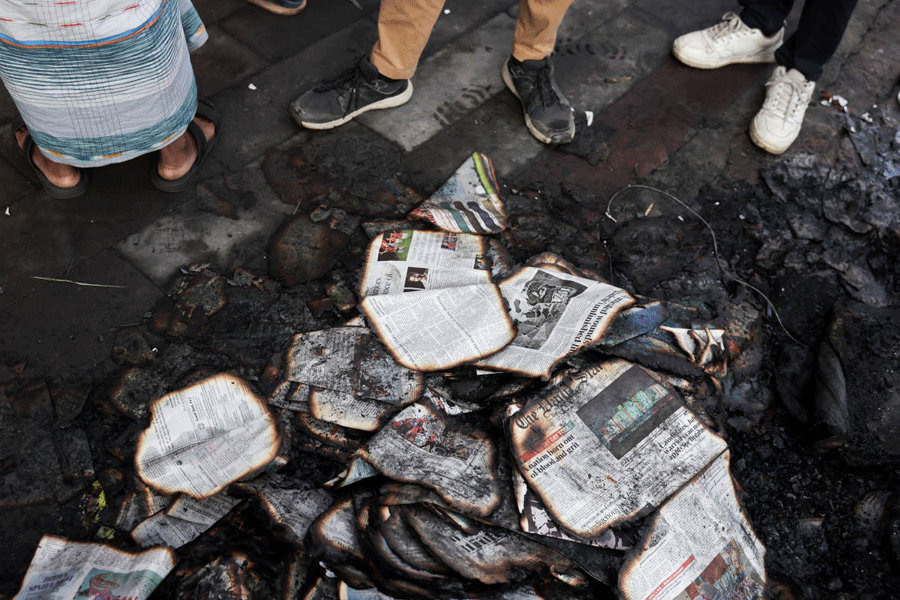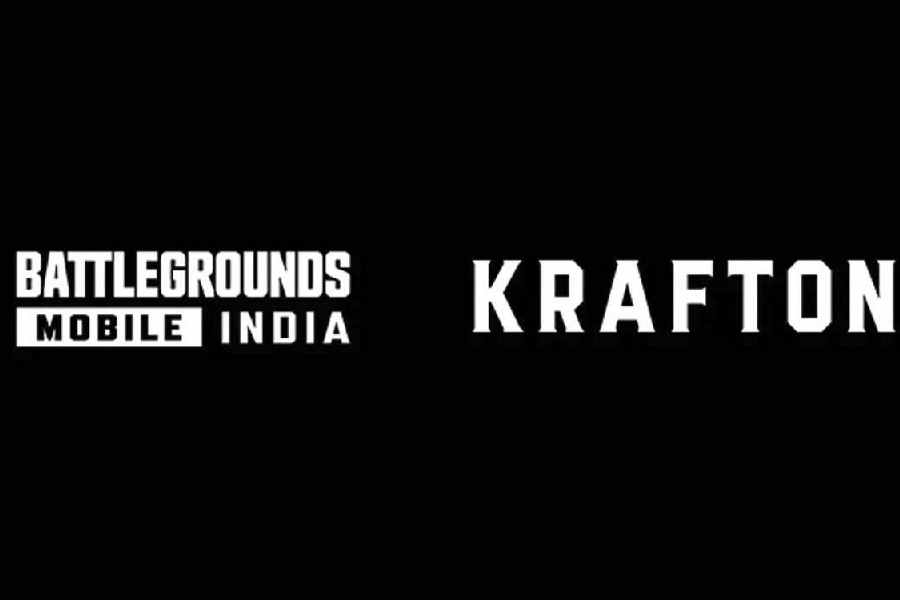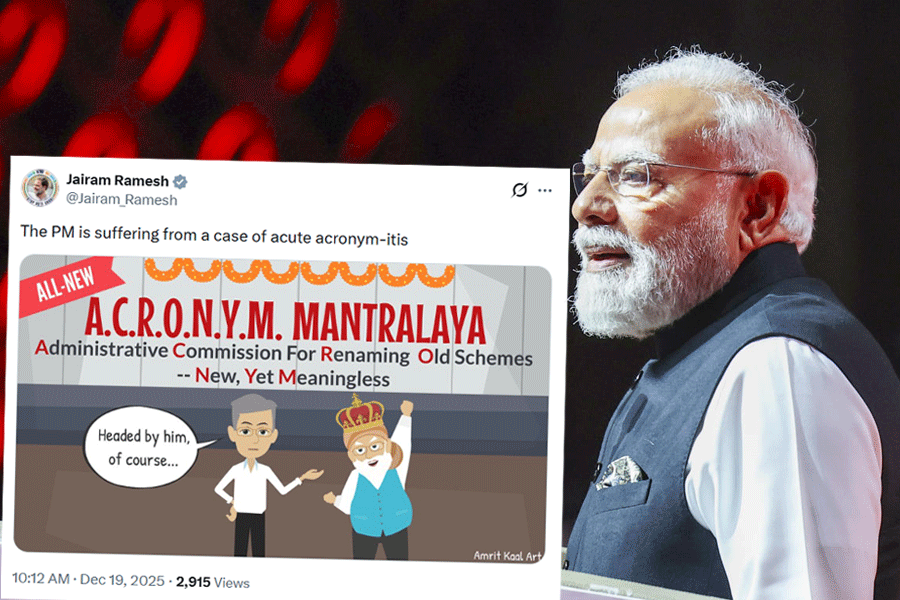 |
| STAGE CRAFT: Shakti Kapoor enacting a jatra scene |
Actor Shakti Kapoor is on a trip to “purify” himself. And Calcutta’s jatra circuit seems to have provided him with the vehicle. “It’s pure and it’s steeped in culture,” says Kapoor, who is all geared up for the opening of Bangla Aamar Ma on November 5 in Calcutta, from where the show will travel to rural Bengal. “Jatra is regenerating and helps me overhaul myself,” says the infamous villain-cum-comedian of Bollywood about his second foray into the theatrical world of melodrama and hyperbole.
He isn’t the only one who will don greasepaint and perform live on makeshift, open, circular stages where actors are required to walk in and out of the performance area as and when needed. Comedian Asrani is scheduled to arrive this week, followed by the baritone-voiced Raza Murad.
The season of jatra in West Bengal has just begun and will continue all through winter and beyond. A flurry of activity is in evidence in the serpentine lanes of Chitpur in north Calcutta that house the jatra opera offices. Faces of Tollywood stars and jatra starlets stare down from the garish billboards that flank the lanes. Posters, lithoprints and leaflets in the offices advertise forthcoming shows with over-the-top titles such as Tumi Badhu Tumi Mata (You are the wife, you are the mother), Chhele Dami Na Meye Dami (Is a son precious, or is a daughter?) and Bhanga Ghare Chaader Aalo (Moonlight in a poor home).
On the face of it, all seems well. Over the past five or six years, more jatra opera houses have opened; Calcutta alone now has 60. The industry boasts a work force of two lakh and notches up a turnover of Rs 51 crore, with jatra houses in Calcutta doing a brisk business of Rs 21 crore and those in the districts of West Bengal, Rs 30 crore. This year the Paschim Banga Jatra Sammelan underwent structural changes and has been rechristened Paschim Banga Jatra Academy with the state government promising to promote this folk art that took shape in the 19th century.
Nonetheless, insiders in the industry are far from happy. They complain that jatra companies are in the red. Ajit Biswas, manager of Bharat Tirtha, a jatra company that set up shop a year ago, explains the discontent. “Jatra is an addiction, a passion and that is what draws people into this industry. But very few companies are actually making a profit.”
Clearly, the pie is not big enough for all the companies in the fray. There was a time when there were fewer groups ? and the profit shares were higher. Now with the number of companies having shot up, profit margins are no longer what they used to be.
There are related problems. The government, many jatra owners believe, could do more ? for instance, reduce red tapism at the district level ? to support the art. “Jatra is going through a low phase. But had the government taken many more concrete steps to extend a helping hand, things wouldn’t have come to such a pass,” says Makhan Lal Natta, the fourth-generation owner of the 137-year-old Natta Company.
There are other problems too. Maoist movements in areas such as Midnapore have affected the staging of plays. “That has led to a fall in rural viewership. Business has been affected by political movements,” Natta says agitatedly.
Meanwhile, production costs have skyrocketed. “Today one has to determine the success of the company by the loss it incurs,” contends manager Shankar Kolay of Tara Ma Opera who has been associated with the trade for the past 25 years. “Besides, with 24-hour television channels providing entertainment, people in villages are no longer interested in spending money on watching a jatra.” So one way of drawing crowds is by resorting to cheap gimmicks and obscenity. “Young men are lured by the skimpily-clad women who figure in some jatras. It’s just a survival strategy,” he says matter-of-factly.
To reduce production costs, some proprietors have taken the reins of direction and editing into their hands. “There are many in the jatra circuit who believe that I do not understand this art but it is important for me to look into the business and the commercial aspect as well,” says D. Mukherjee, who runs three jatra companies ? Shilpi Bandana, Loknatya and Basundhara. That is why he has roped in Bollywood actors in the hope that they would be big draws in rural areas this year.
“These actors however do not come at cheap rates,” underlines Dipak Nandi of Agragami. This year the company has signed up Tollywood actor Pallabi Chatterjee to play the lead in its show Sagar Paray Sagarika. A successful Tollywood actor like Chiranjeet is reported to have charged Satyanarayan Opera Rs 50,000 per show last year. “In a season, a jatra company aims at at least 80 to 100 shows. In the past it would do at least 140 shows. So at the end of a season, a jatra artist even today can happily return home with a neat booty running into several lakhs,” Nandi says.
Shakti Kapoor, however, says that the money isn’t the big draw. “I can make five times more money if I do a few Hindi films. It’s the love of the villagers of West Bengal,” he claims. But Tollywood actor Dipankar De says that for him jatra entails playing to the galleries against a vibrant backdrop and involves a lot of physical exertion along with correct dialogue delivery and pronunciation. For, if the artiste is not up to the mark, the audience can be unforgiving. De remembers how the audience had chucked frogs at him when he had lost his voice during a performance.
The script is as important as the performance. “The success of any jatra depends on the script which is akin to the foundation of a building,” says Tridib Ghosh, one of the more successful jatra directors. But despite the present scenario, he is hopeful. “Jatra is too dynamic a theatrical form to die out,” he emphasises.
Originally meant to educate the masses (lok shiksha) and serve as a window to the world outside, jatra has moved a long way off. Thematically, mythology and history have made way for Tollywood-like social and domestic plots. The harmonium, flute and violin have been substituted by the synthesiser and the use of modern equipment, mikes and the play of sound and light ? called cyclorama used specifically by jatra company Digvijay Opera ? have given jatra, once a folk art, a more synthetic flavour.
But some scriptwriters are determined to preserve its essence. Says Utpal Ray, a leading scriptwriter: “Jatra has very little space for gimmicks and techniques. As long as a socially relevant message is conveyed through a good storyline, it is bound to have takers.” Ray has written scripts criticising the Narmada dam project, on female infanticide and is at present working on a script for the Natta Company. If it meets with an overwhelming response, it would, perhaps, spell out a new script for jatra.

